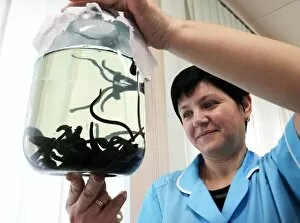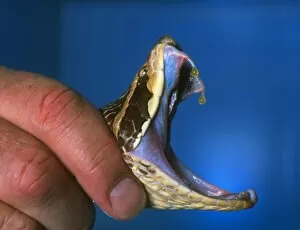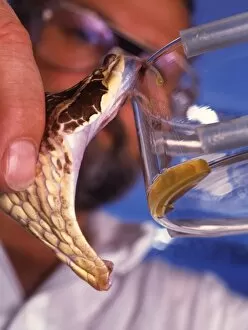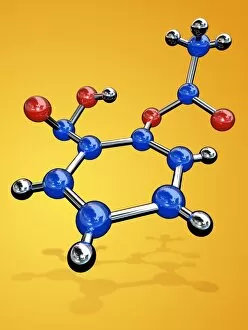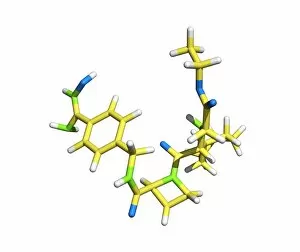Anticoagulant Collection
Anticoagulant: Unraveling the Mysteries of Blood Thinning Aspirin molecule: At the forefront of anticoagulation
All Professionally Made to Order for Quick Shipping
Anticoagulant: Unraveling the Mysteries of Blood Thinning Aspirin molecule: At the forefront of anticoagulation, the humble aspirin molecule has been a game-changer in preventing blood clots and reducing the risk of heart attacks. Aspirin in action: Witnessing its remarkable effects, this microscopic image captures aspirin molecules actively inhibiting platelet aggregation, ensuring smoother blood flow through our veins. Nurse with a jar of medicinal leeches C018 / 2317: Stepping back in time to ancient remedies, medicinal leeches have long been used as natural anticoagulants due to their saliva's ability to prevent clotting during bloodsucking therapy. Snake venom crystals: Nature's potent weapon against coagulation, snake venom contains intricate crystal structures that disrupt normal clotting mechanisms and serve as inspiration for developing new anticoagulant drugs. Milking snake venom: In an intriguing process known as "milking, " skilled handlers extract precious drops of snake venom containing powerful anticoagulant properties from these fascinating reptiles. Dabigatran etexilate drug molecule: A modern breakthrough in anticoagulation, dabigatran etexilate offers an alternative to traditional therapies by directly inhibiting specific clotting factors without requiring frequent monitoring or dietary restrictions. Aspirin crystals, light micrograph: Under the lens of a microscope, we observe mesmerizing patterns formed by crystallized aspirin—a visual representation of its molecular structure and potential impact on blood thinning. Anticoagulant molecule: Delving into the world of pharmaceutical innovation, this captivating image showcases an intricately designed synthetic compound specifically engineered for its potent anti-clotting abilities. In our quest for understanding and harnessing nature's wonders alongside scientific advancements, exploring these diverse facets sheds light on the fascinating realm of anticoagulation.



